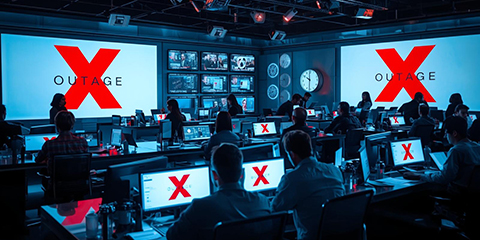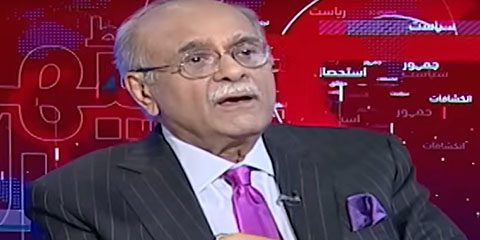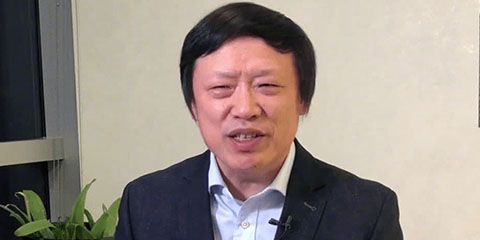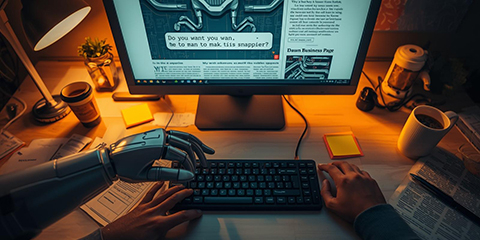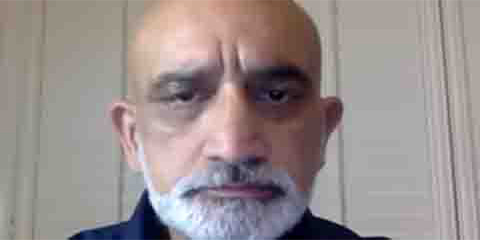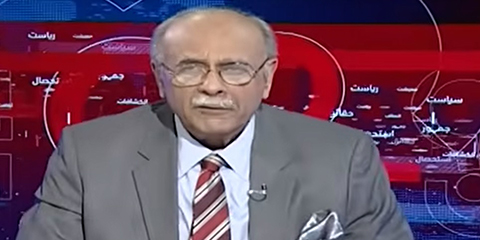AI videos reshape political communication worldwide
JournalismPakistan.com | Published 1 hour ago | JP Special Report
Join our WhatsApp channel
AI-generated videos are reshaping political communication, raising verification challenges, platform concerns, and questions about how campaigns and regulators will respond to synthetic media in elections.Summary
ISLAMABAD — Artificial intelligence tools capable of generating realistic videos are beginning to alter how political communication unfolds across major platforms. While the technology has existed for several years, its recent advances and broad accessibility have intensified concerns within governments, election bodies, and media organizations.
Experts say AI-generated political content now appears with greater frequency in online spaces, often shared without clear labels identifying it as synthetic. Major platforms, including YouTube, Meta, X, and TikTok, have introduced rules requiring political advertisers to disclose digitally altered material. However, enforcement varies, and user-generated content remains difficult to police at scale.
Verification challenges grow as synthetic videos spread
Journalists and fact-checkers report that verifying video authenticity has become more complex, with AI tools capable of mimicking voices, facial expressions, and environments. Research organizations monitoring global elections have warned that even short, context-free clips can mislead users, influencing public opinion before fact-checks reach a wide audience.
Election regulators in multiple countries have begun studying whether existing advertising and misinformation rules adequately address synthetic media. Policy discussions have increasingly focused on transparency requirements, watermarking standards, and potential penalties for deliberately misleading content.
Platforms and governments respond with evolving rules
Technology companies have deployed detection models to identify manipulated content, but the effectiveness of such systems varies. Some platforms label AI-generated videos proactively, while others rely on user reports or independent fact-checkers to flag violations.
Analysts note that political campaigns are also experimenting with AI tools, using them for rapid content production and targeted messaging. While not inherently misleading, these uses raise broader questions about disclosure, accountability, and public understanding of automated political persuasion.
As governments, platforms, and civil society groups debate best practices, observers agree that 2025 and the years ahead will be pivotal for shaping global norms around synthetic political media. The balance between innovation and safeguarding democratic processes remains a central challenge.
KEY POINTS:
- AI-generated videos are increasingly present in political communication
- Platforms require disclosure for altered political ads, but enforcement varies
- Verification has become more difficult as synthetic media grows more sophisticated
- Regulators are examining new rules for transparency and accountability
- Platforms and researchers continue developing tools to detect manipulated content
PHOTO: AI-generated; for illustrative purposes only.







